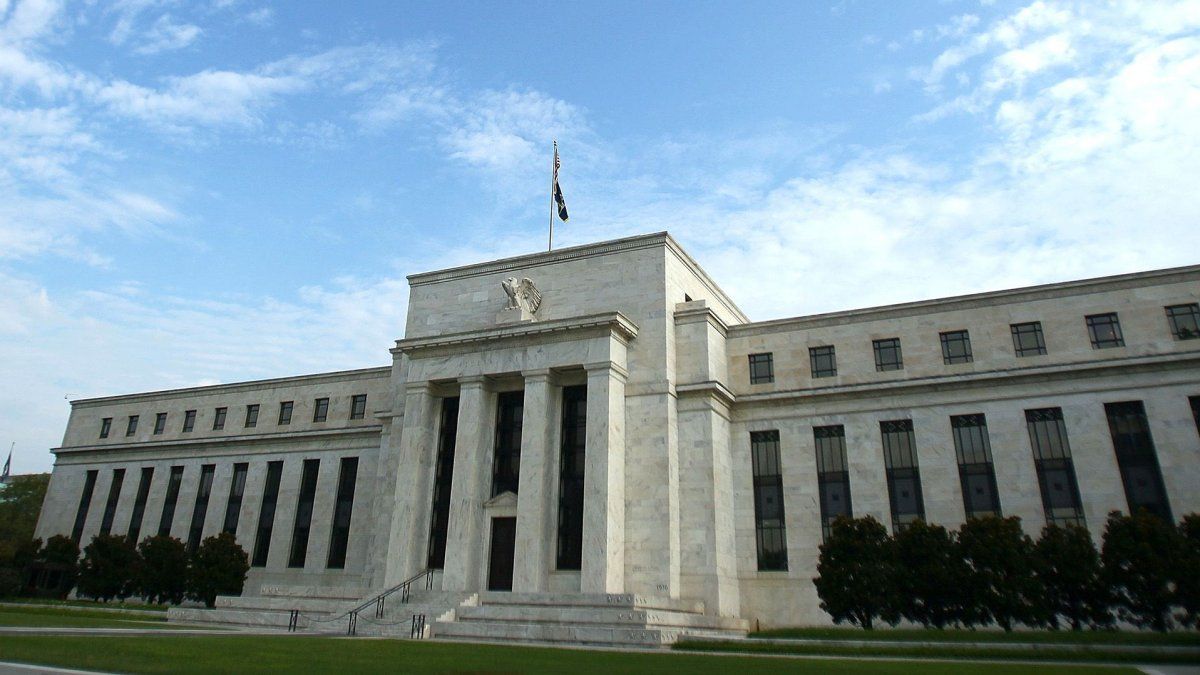After a rather ADP report weak on the US job market, Doubts arise as to what will be the steps to be followed by the Federal Reserve regarding the interest rate.
Non-farm payrolls report turned out to be close to expectations analysts, at least in terms of employment growth in the sector.
However, the private sector fared much worse while the median hourly wage grew more slowly than expected. Sand you can see that the US job market is slowly beginning to weaken. Interestingly, at the same time, the US unemployment rate is the lowest ever in data released by the Bureau of Labor Statistics.
According to data from the Bureau of Labor Statistics, in March the number of jobs in the private sector, excluding agriculture, increased by 236,000, slightly below the market consensus, which assumed an increase in the number of jobs by 240,000. There was also an upward revision to non-farm data for February: the number of jobs in the prior month increased by 326,000, not the 311,000 initially reported.
The Bureau of Labor Statistics once again shows lower than expected data on salary dynamics In the US: In March, the average hourly wage increased 4.2% year-over-year and 0.3% compared to February. It was $33.18 an hour, 9 cents more than February. Analysts had expected wage growth of 4.3% per year.
The unemployment rate It turned out to be lower than expected: in March it amounted to 3.5%, falling from the 3.6% registered in February. At the same time, it is one of the lowest US unemployment rate readings in modern US history.
The length of the work week fell to 34.4 hours from 34.5 hours the previous month. What is happening with weekly hours is “a very important part of the reason why the job offer is so low,” he said last week. Stephanie Aaronsona senior associate director of the Fed’s research and statistics division, at a conference where the study was discussed.
Thus, the Federal Reserve could be heading to raise interest rates one more timewhich could mean one of the fastest monetary adjustments in its history, according to what analysts anticipate based on the labor market data published this week.
This is a cause for concern on the part of the FED since a “tight” labor market like the current one in the United States –with almost 2 vacancies for each unemployed person- could cause inflationary effects and prevent it from falling at the rate intended by the monetary entity.
Source: Ambito




